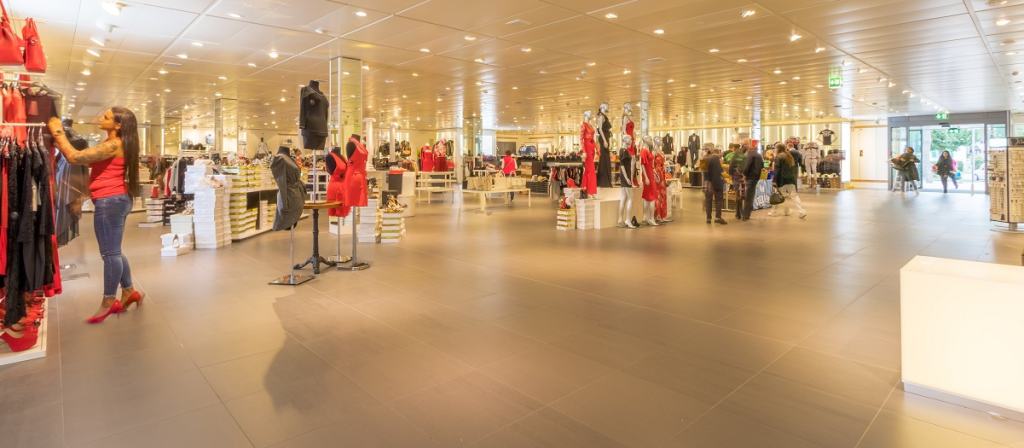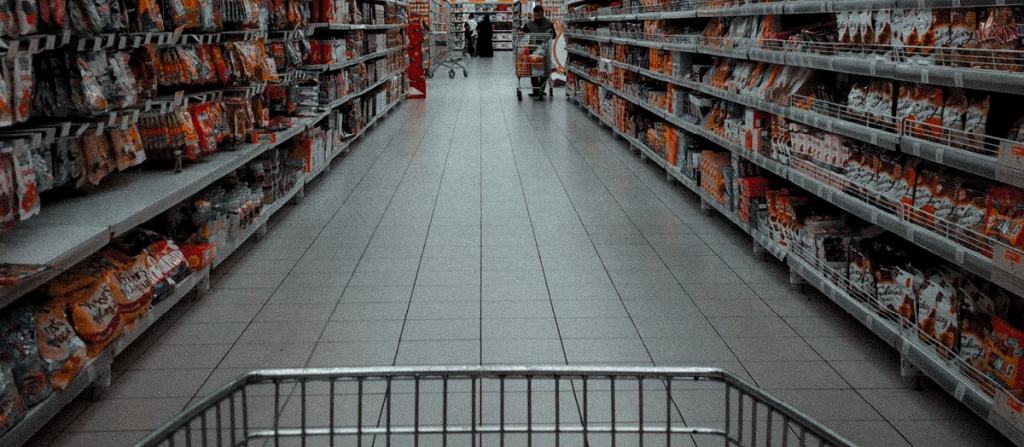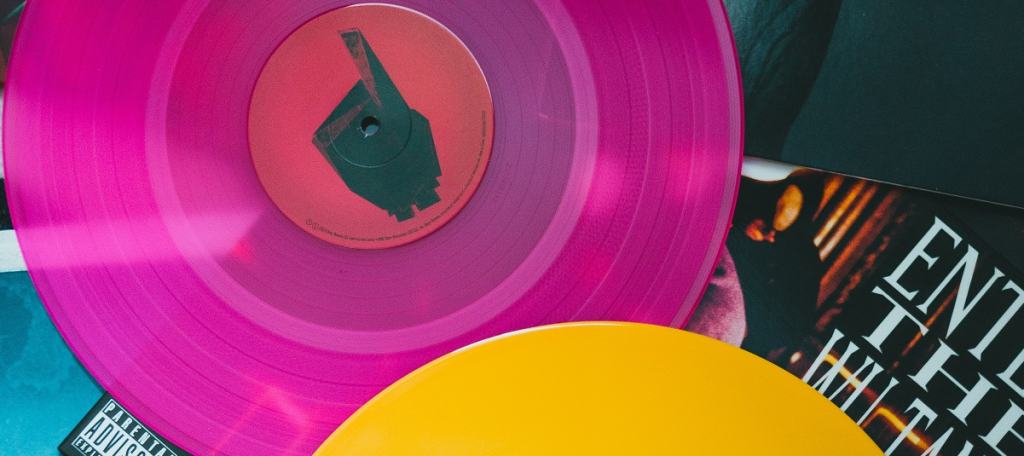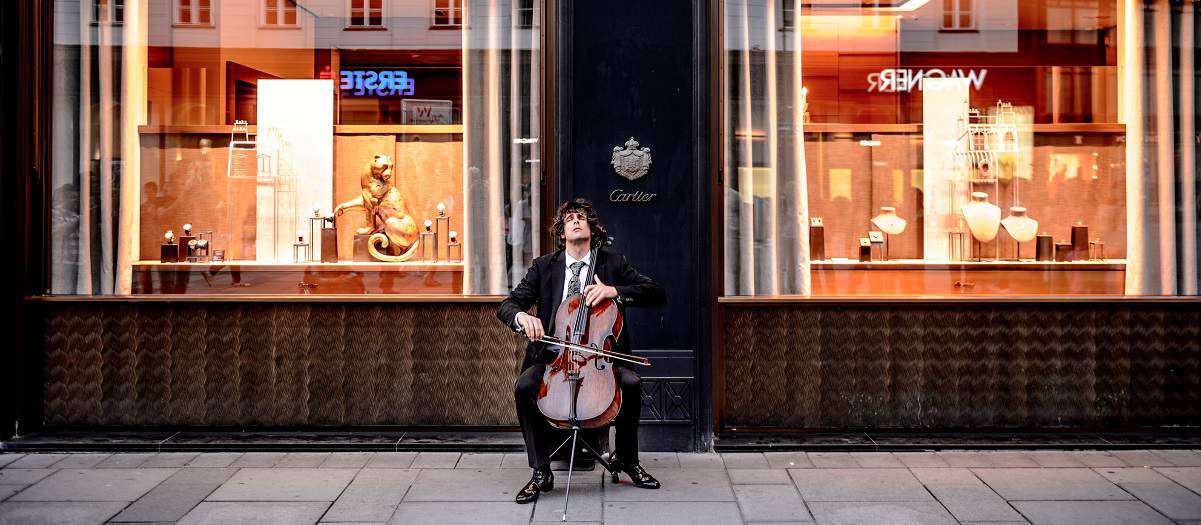Implementing an in store music program, also called a retail store music system, offers many benefits when you choose the right music and advertising mix. In store music can work for any type of retail or restaurant business, but it can also work against your store if you choose based on personal taste instead of customer taste. How does it help, and how do you measure those items for maximum return on investment (ROI)?
Metrics to Measure: How Background Music Systems Benefit Stores
Playing low-volume, customer-friendly music in your store creates a welcoming atmosphere that invites shoppers in and elevates their mood. This can create improved sales for your business. Here are seven ways music helps.
- Establishes your brand. The music style, tempo and volume influence people’s ideas about your brand. Fine dining establishments typically play jazz or classical, while teen clothing stores frequently play pop or Top 40 hits.
- Creates atmosphere. Stores need ambiance, too. Use music to influence the mood of shoppers and evoke positive feelings amongst shoppers and staff.
- Improve customer personal space. Music covers the sounds of other shoppers’ voices and staff movements and conversation. It offers a sound wall that masks interruptions.
- Set customer flow and shopping pace. The rhythm, speed, and volume of music in your store influence the customer’s pace within your store. Although customer flow doesn’t affect aisle sales, you can speed customers through a store close to closing time by choosing quick tempo, louder songs.
- Make customer wait times seem shorter. Music affects time perception. Waiting in line doesn’t seem so bad if the customer enjoys the music.
- Music encourages shopping. A 2005 marketing study revealed people spend more money on impulse buys when the store played pleasant music. Classical music encourages people to purchase luxury items.
- Increase employee productivity. A 2013 DJS research study that playing music in-store boosted productivity at 77 percent of the businesses that used it. Employees enjoyed improved morale and worked faster.
So, the right music can help draw customers in, determine how long they shop, and at what speed, plus it can drive them toward specific types of purchases. How do you measure your music program though, especially something seemingly intangible like atmosphere?

Establish Baseline Information
Establish your baseline. If your store does not currently use a music program, your current sales and morale form your baseline. Conduct a short online or in-store survey to measure customer opinion. Conduct a separate, anonymous survey to measure employee morale and opinion.
Determine customer and employee preferences. The same surveys offer you invaluable insight into the type of music that your customers and employees enjoy. If you play country, but your customers like pop, you’ll drive away sales. If your customers love classical, but you play punk, you lose customers.
Your current year and each month’s sales numbers provide your baseline. If your store also measures shopper counts, also include this information in your baseline. You must first establish what you will measure before you can measure it.
Set your business goals for use of the music program. Learning what other stores like yours experienced when using a similar music program can offer realistic goal-setting ideas.
Setting up your in-store music program’s metrics and goals first, sets a major key to success in place. You need to know what you will consider a key performance indicator (KPI) before you invest. This helps your music program vendor design a custom music and advertising mix for your store.
Pre-tests, or What Comes Before ROI Tests
To get the most out of your ROI, conduct an A/B test of the top two music choices that come to light during your survey. The term A/B test refers to a marketing test that determines which of two advertisements or approaches to which customers best respond.

Measuring ROI
For best results, conduct two sets of ROI tests. First, measure your before and after. Before refers to your baseline settings. This includes your year-over-year sales and monthly sales figures in comparison to before you established your in-store music program.
The second test you use creates a control group for your project to determine KPI change. You can then compare the before and after results to the control group for a clearer picture.
If you don’t specialide in marketing and don’t have the funds to hire a marketing manager, try using a program designed for small businesses like Grav, Perch, or Vapid. It helps walk you through the process of setting up goals and measurements, so you can easily determine items like:
- Sales lift,
- Cost per Customer/Interaction Equivalents,
- Offline to Online Conversion,
- In-Store Conversion,
- Purchases made in-store,
- Lifetime Value,
- Cost of Acquisition.
While you do look at the ROI of advertising in a similar way, the two don’t get examined exactly the same way. The effect of music in-store on sales lift does mirror an ad measurement though.
Online surveys of regular customers can establish high-quality data on your in-store conversion to compare with shopper counts versus sales per shopper. This refers to whether customers simply browsed or window-shopped, rather than entering the store with the intention of buying.
Because you need at least one month’s data, you can rely on your sales force for the earliest impressions of how the in-store music affects customer sales and employee morale. For this, you can use a paper survey or an informal survey at a store meeting.
Those working the checkout lines typically speak with each customer for a few moments, so they obtain valuable feedback. Having them ask a simple question, such as “How do you like the new music?” can provide you with immediate and valuable feedback. Have them write down on a simple tally sheet each purchasing shopper who liked or disliked. Just a tick mark in a column suffices for this early feedback. Use this as part of your A/B test.

Get Started with Music for Shops
Let Evolved Soundhelp you develop your custom in-store music program. You choose the retail messages and music, plus the advertising that plays in your store. Advertise in-store specials in between music suited to your place of business to drive a new level of sales and customer enjoyment.

